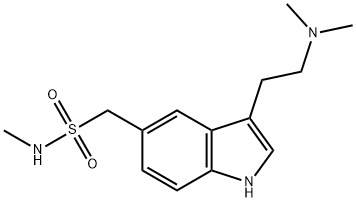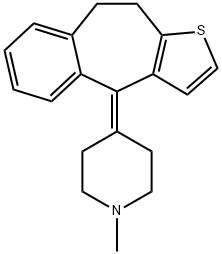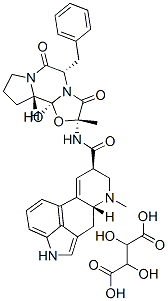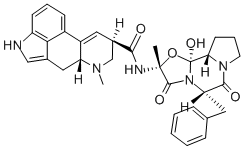Antimigraine Drugs
Migraine is the most common vascular headache, often side of the pain, and sometimes accompanied by nausea, vomiting, fear of sound, photophobia and so on. Before the pain, people may have visual impairment or other aura, and the pathogenesis of migraine is complex, not yet fully elucidated. There are nervous system signs and symptoms in the presymptom phase, when cerebral blood flow declines sharply. Brain ischemia may be associated with the release of 5-HT from platelets. Typical migraines are generally localized congestion, after which the ductile blood flow reduces, the intracranial and extracranial blood flow increases, the amplitude of blood vessels pulse r and intracranial artery increases more evidently. The expansion of the heart lumen and the opening of the anastomotic branches of the vein is one of the mechanisms of headache attack. Prostaglandins, neurokinins, acetylcholine, histamine metabolic disorders and endocrine disorders are also associated with the incidence of migraine. Especially the 5-HT metabolism is closely related with the pathogenesis of the disease, for which 5-HT antagonists are commonly used as the anti-migraine drugs, such as ergotamine, amoxicillin and sumatriptan, etc.. In addition, there are also antihistamines, such as phentolidine, cyproheptadine, etc., calcium antagonists, such as nimodipine and adrenergic receptor blockers, such as indolol and so on for the treatment of this disease.
- Structure:

- Chemical Name:Sumatriptan
- CAS:103628-46-2
- MF:C14H21N3O2S
- Structure:

- Chemical Name:Pizotifen
- CAS:15574-96-6
- MF:C19H21NS
- Structure:

- Chemical Name:ERGOTAMINE TARTRATE
- CAS:379-79-3
- MF:C70H76N10O16
- Structure:

- Chemical Name:ergotamine
- CAS:113-15-5
- MF:C33H35N5O5